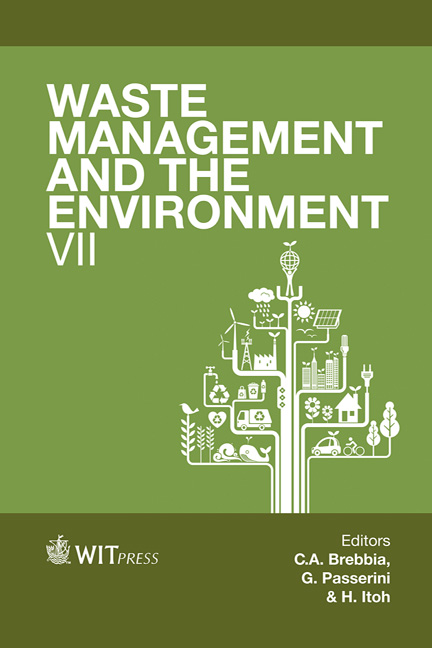The Environmental Implications Of Depleted Uranium In Iraq And The Principles Of Isolating It
Price
Free (open access)
Transaction
Volume
180
Pages
9
Published
2014
Size
1243 kb
Paper DOI
10.2495/WM140321
Copyright
WIT Press
Author(s)
N. Al-Ansari, S. Knutsson & R. Pusch
Abstract
Iraq experienced two devastating wars in 1991 and 2003, during which massive amounts of new weapons and sophisticated manufactured nuclear weapons called depleted uranium (DU) were used. DU is a by-product of the enrichment of natural uranium for nuclear reactor-grade or nuclear weapons-grade uranium. Depleted uranium is chemically identical to natural uranium. During the second Gulf war in 2003 U.S. and British troops used more than 1100 to 2200 tons of DU. As a consequence the ruminants of wars are reported to have seriously affected people and the environment, causing cancer and abnormal birth defects. The water and soil all over most of Iraq is contaminated. There is no strategy, national or international program for cleaning Iraq of DU wastes. Site selection criteria have been suggested for the disposal of radioactive waste but no principle of designing and constructing disposals. The present paper describes a large geological feature, a deep natural depression, which would be useful for isolating DU by isolating it in smectitic Iraqi clay. Keywords: depleted uranium, Iraq, radioactive waste, military radioactive waste.
Keywords
depleted uranium, Iraq, radioactive waste, military radioactivewaste.





